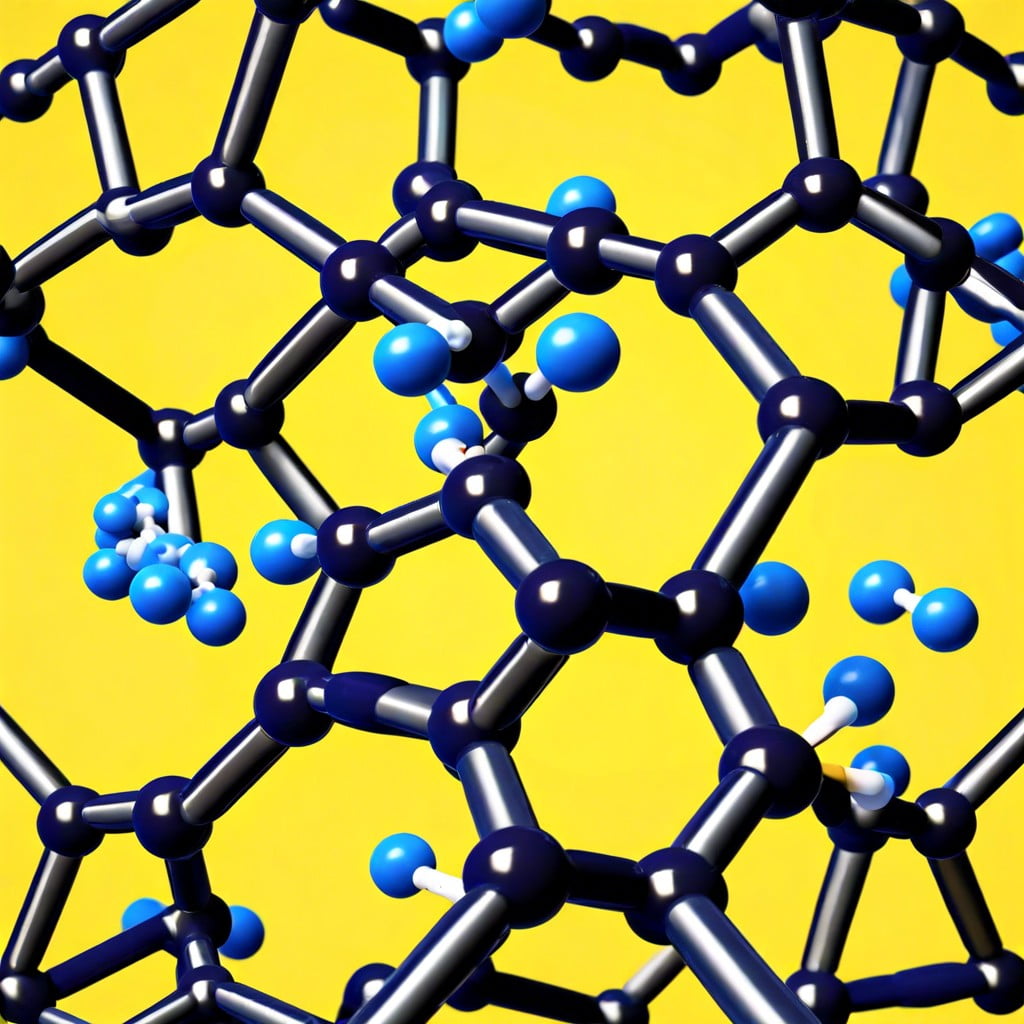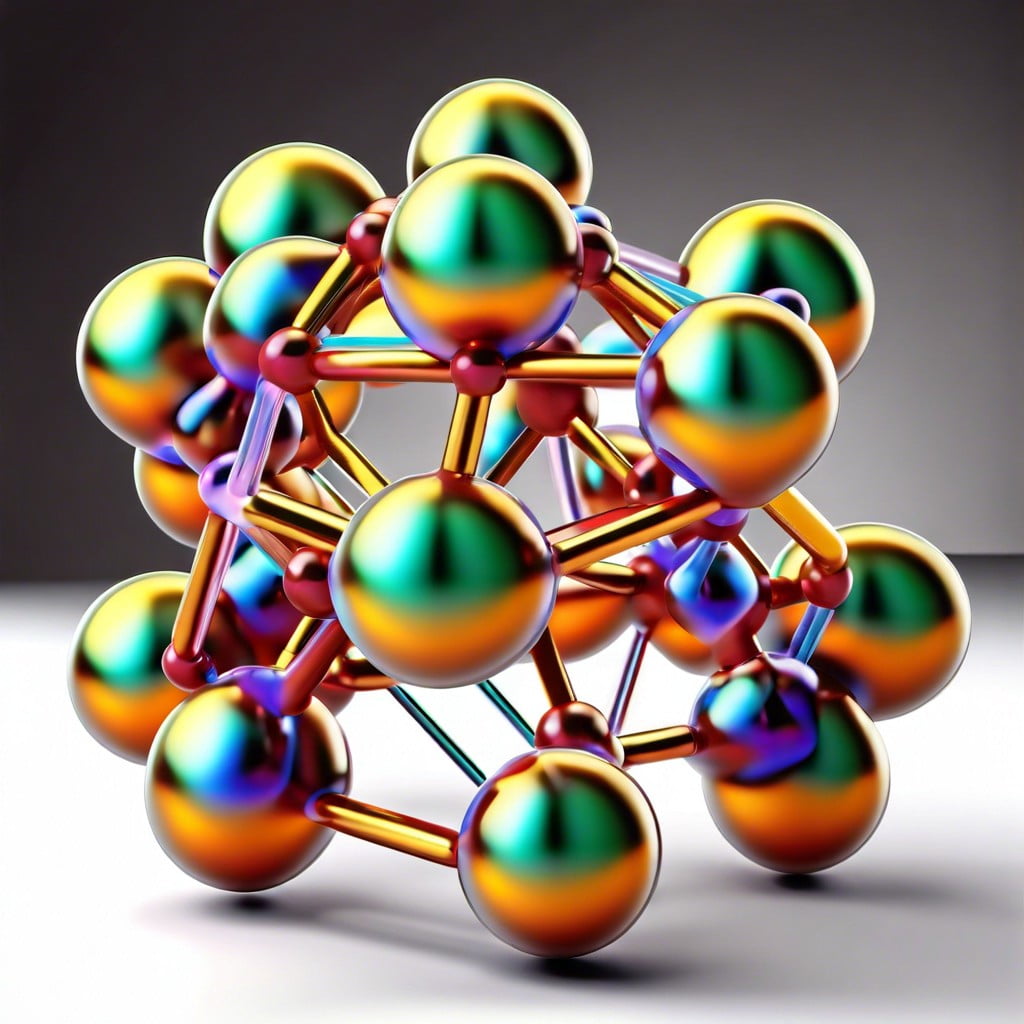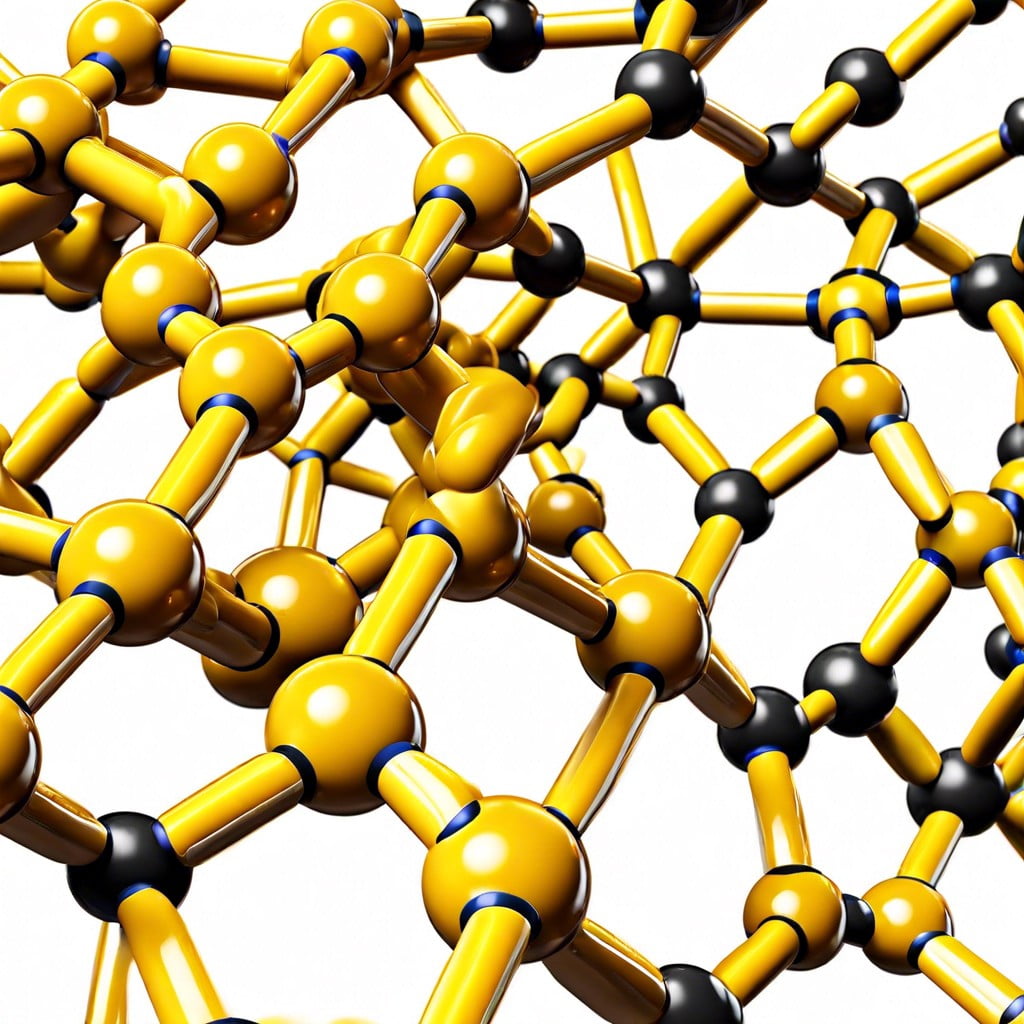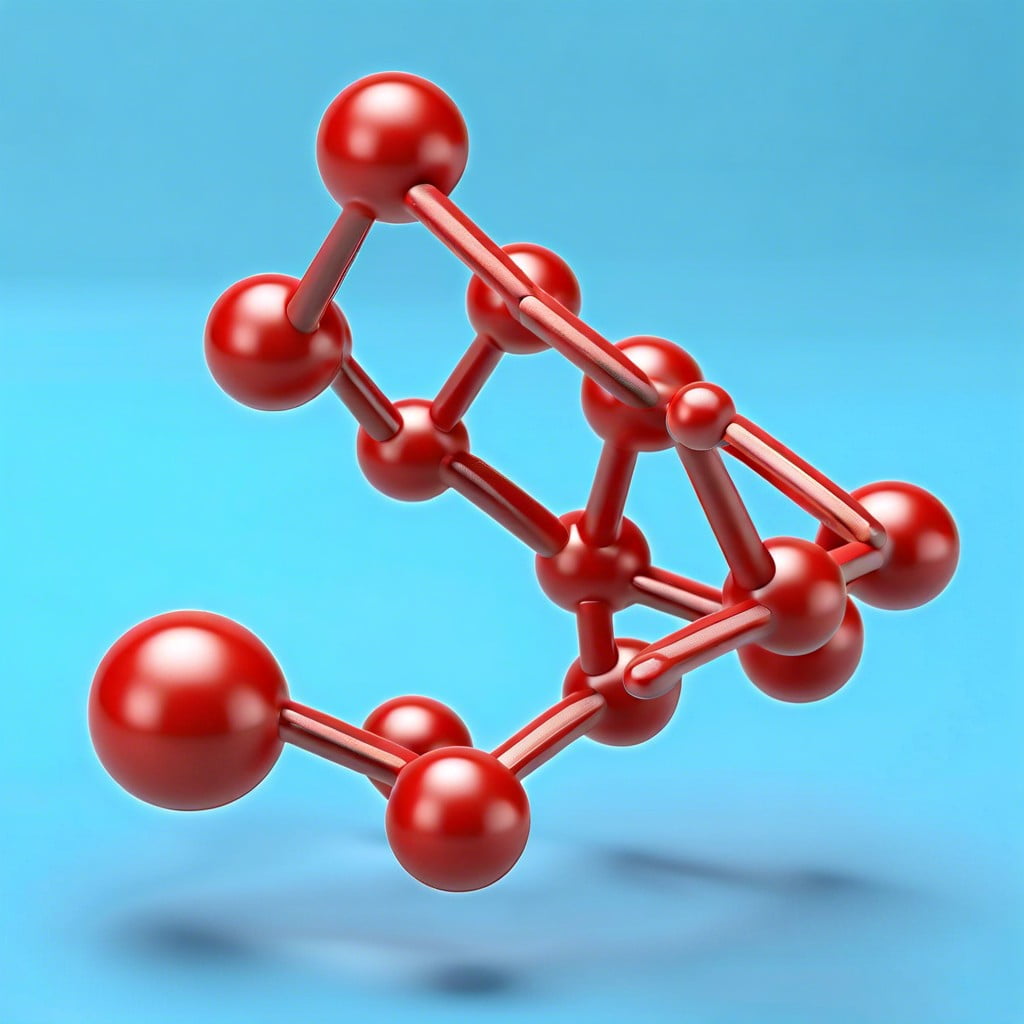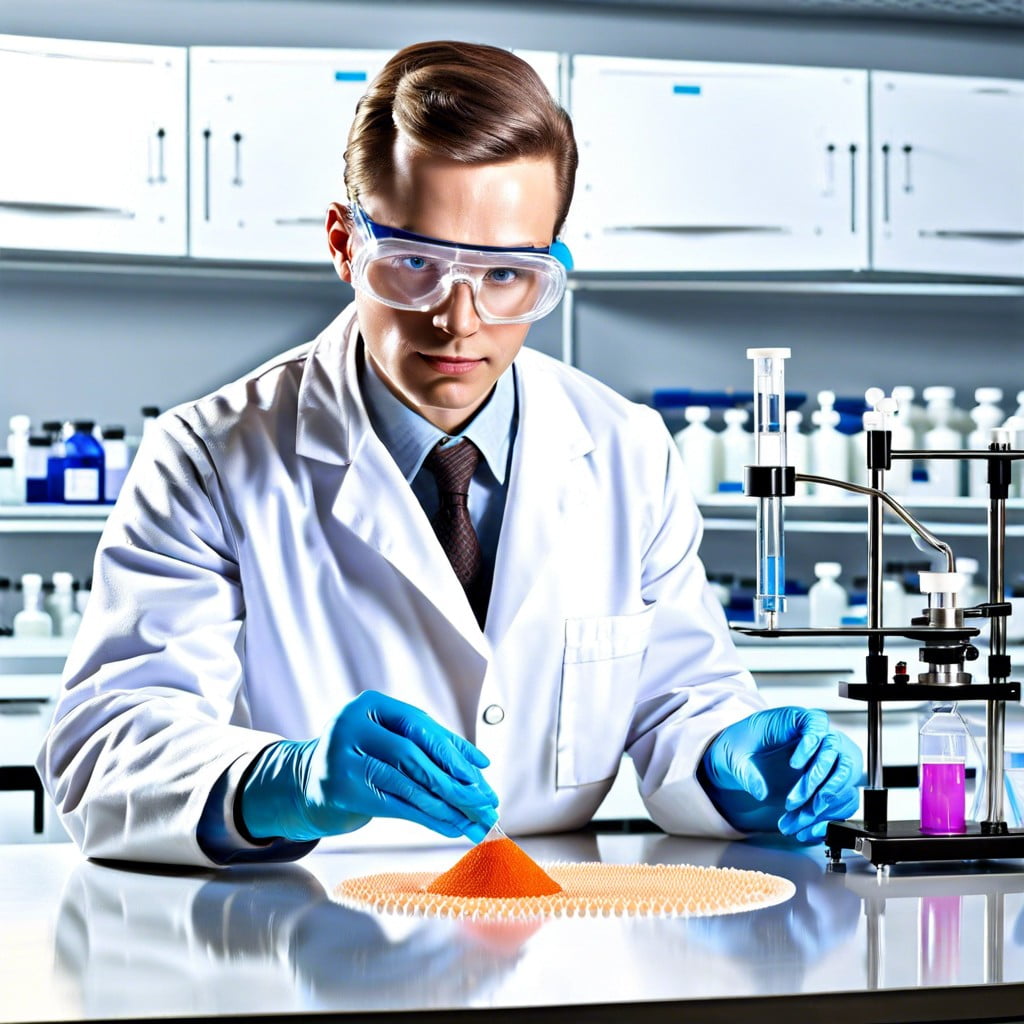Discover the advantages and uses of PFA polymer in construction, a material known for its chemical resistance and high temperature tolerance.
Key takeaways:
- PFA polymer has superior chemical resistance and can withstand high temperatures.
- PFA acts as a barrier against corrosive chemicals and provides protection in extreme environments.
- PFA is ideal for high-purity process equipment, electrical components, and semiconductor fabrication.
- Advancements in PFA production technology have improved its flow properties and enabled 3D printing.
- Environmentally conscious approaches and compounding techniques have expanded PFA’s versatility.
What You Will Learn
Definition of PFA Polymer
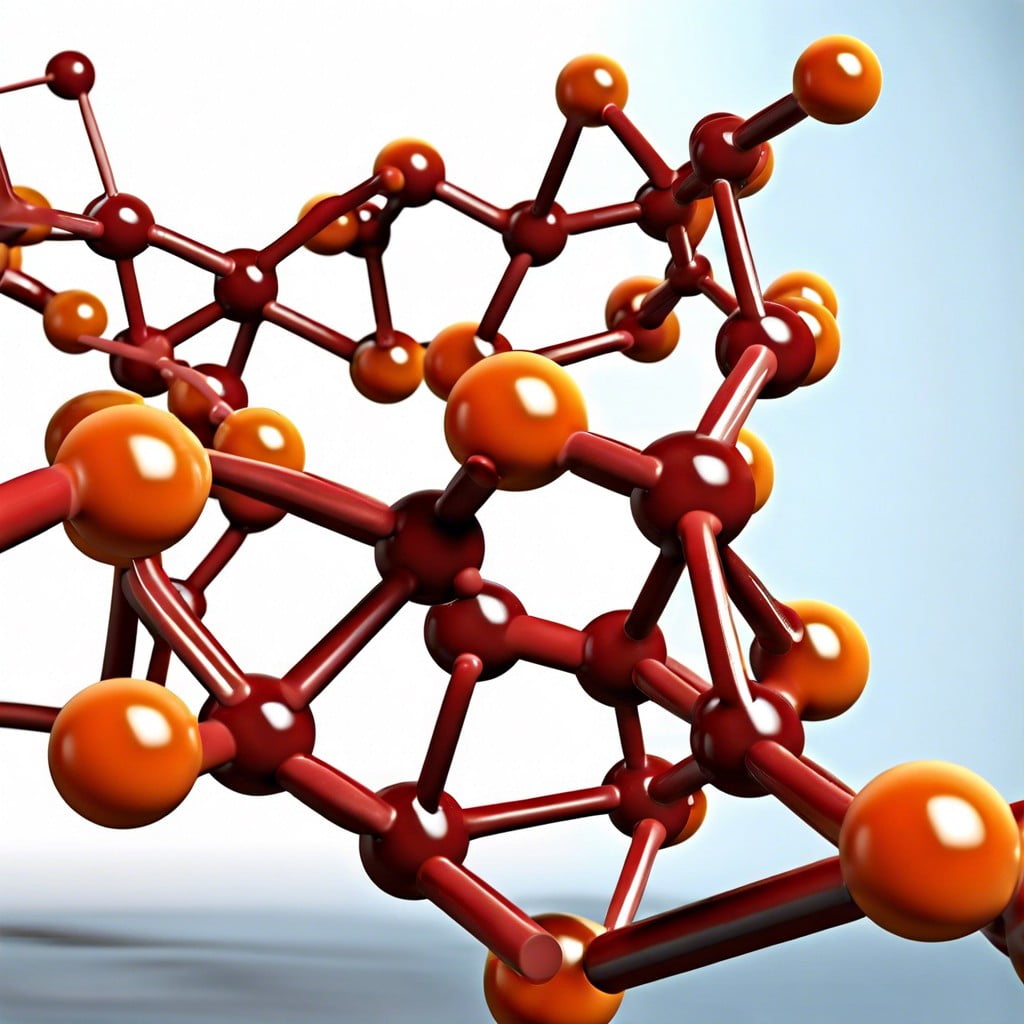
Perfluoroalkoxy alkanes, commonly known as PFA, are part of the fluoropolymer family. Picture them as the hardy cousins of the better-known Teflon. These materials are crafted from tetrafluoroethylene (TFE) and perfluorovinyl ethers (PVE).
The molecular structure of PFA gives it a silky-smooth surface and provides it with superior chemical inertness. That’s why it laughs in the face of almost all acids, bases, and solvents. Imagine having an umbrella that can withstand the strongest of acid rains – that’s PFA for you.
PFA also handles heat like a pro. It can perform reliably in temperatures as high as 260°C (500°F). So, if PFA were a person at a barbecue, it could hold the hot coals without even flinching.
When it’s time for light to travel without a fuss, PFA’s high clarity makes it an excellent choice for applications needing optical purity. It’s like looking through the clearest of windows on a sunny day.
Being a fluoropolymer, PFA shares the family trait of non-stickiness. Hence, substances don’t cling to it, making cleanup a breeze. Think of a frying pan that never needs scraping after cooking a sunny-side-up egg, and you’ve pretty much got the idea.
In essence, PFA polishes the performance of each application it touches, through its resilience, stability, and high resistance to a variety of environmental challenges.
Chemical Resistance of PFA
Perfluoroalkoxy alkanes, or PFA, is applauded for its exceptional resistance to chemicals. This stoic nature means it can rub shoulders with the harshest substances without batting an eyelid, standing up to almost all organic and inorganic chemicals.
But what makes PFA such an excellent barrier against chemical attacks? Its structure is a fortress, with strong carbon-fluorine bonds that are among the most stable in organic chemistry. These bonds don’t break up easily, which explains why PFA shrugs off corrosive interactions like water off a duck’s back.
Moreover, PFA operates in a wide temperature range without losing its nerve, ensuring that processes involving extreme heat don’t sweat its performance. Imagine a superhero suit that’s impervious to acid rain, PFA’s chemical resistance is akin to that, providing unwavering protection in environments where other materials might wave a white flag.
This characteristic is particularly handy in industries where chemical streams could be more temperamental than a cat on a hot tin roof. From pharmaceuticals to semiconductor fabrication, PFA’s presence ensures smooth sailing – minus the corrosion.
Use of PFA in High-purity Process Equipment
When the stakes are high, and the demand is for uncontaminated processes, PFA polymer enters the picture with a flourish. Imagine a material that laughs in the face of corrosive chemicals and says “is that all you’ve got?” That’s PFA in high-purity process equipment.
Picture a semiconductor fabrication plant where every tiny particle matters. Here, PFA’s pure and stable nature makes it a hero, ensuring the environment stays cleaner than a whistle. It’s like a shield, safeguarding the production of sensitive electronics from pesky contaminants.
Now, think about the pharmaceutical industry, where cleanliness rivals a monk’s lifestyle. PFA tubing and containers are akin to medical scrubs for materials, minimizing the risk of contamination during drug production. After all, we want our meds to be free from impurities, just like our consciences, right?
But what’s brawn without a little sophistication? In solar panel manufacturing, PFA’s optical clarity enables precise control of lighting, proving it’s not all muscle; there’s some serious brainpower in this polymer too.
To sum up, PFA’s role in high-purity process equipment is like a Swiss Army knife in a survival kit—versatile, indispensable, and reliably efficient. Just what the doctor (or engineer) ordered!
Role of PFA in Electrical Components
Perfluoroalkoxy alkanes, or PFA, have properties that make them particularly valuable in the manufacture of electrical components. The material’s exceptional dielectric strength allows it to serve as an excellent insulator, guarding against unwanted electrical currents which could lead to malfunctions or short circuits.
In environments where temperatures may soar, PFA stands its ground. It can withstand continuous heat up to about 260 degrees Celsius (500 degrees Fahrenheit). This trait is ideal for parts that need to resist the heat generated by electrical equipment or by their operating conditions.
Think of PFA as the silent protector against the elements. Its resistance to UV light and weathering means outdoor electrical parts wrapped in PFA aren’t fazed by the sun’s rays or seasonal changes.
It’s also a whiz at maintaining high purity standards, refusing to let contaminants that might interfere with electronic performance stick around. This makes PFA hoses and tubing reliable allies in sensitive semiconductor manufacturing, where even the smallest impurity can throw a spanner in the works.
In short, PFA’s electrical properties are like a Swiss Army knife for components that need to perform reliably under electrical stress, high temperatures, and in potentially corrosive environments. The polymer’s ability to insulate, protect, and resist degradation fosters innovation across various applications, from your smartphone to the server room.
Advancements in PFA Production Technology
Innovations in the manufacturing of PFA polymers have helped revolutionize their application. One standout improvement is the fine-tuning of the polymerization process, which now allows for more control over the molecular weight. This directly affects the material’s flow properties, making it easier to process and shape.
3D printing technologies have also embraced PFA, offering new possibilities in design and production. Precision printing of PFA components for complex applications has become achievable, expanding its use in sectors that require intricate parts.
Environmentally conscious advancements have led to greener methods of producing PFA. Reducing waste and improving energy efficiency during synthesis are at the forefront of these sustainable approaches. Such measures not only benefit the planet but also reduce costs, making PFA more accessible and competitive in the market.
Lastly, the enhancement of compounding techniques means PFA can now be blended more effectively with other materials. These hybrid composites exhibit improved characteristics, such as enhanced strength or thermal stability, further broadening PFA’s versatility.
By riding the wave of these advancements, PFA continues to carve a niche for itself as a highly functional material in various construction applications.
Related reading:
